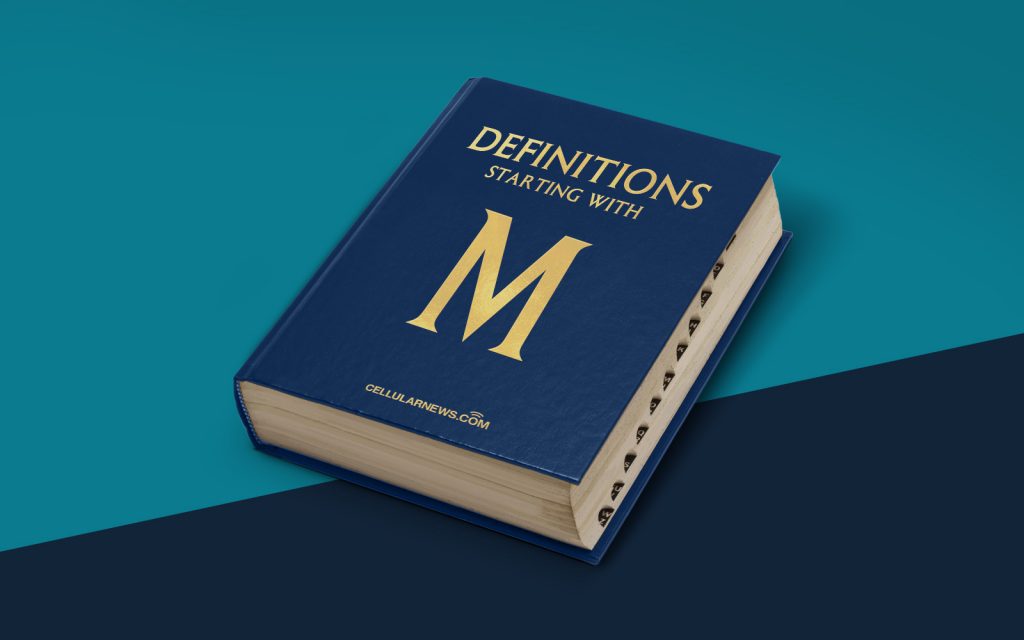
What is Multipurpose Internet Mail Extensions (MIME)?
Welcome to another installment of our “Definitions” category, where we break down complex terms into easy-to-understand explanations. Today, we’re diving into the world of Multipurpose Internet Mail Extensions, commonly known as MIME. Have you ever wondered how email attachments work or how different email clients handle various file types? Well, MIME plays a crucial role in this process. Let’s unravel the mysteries of MIME and unveil its importance in the world of internet communication.
Key Takeaways:
- MIME stands for Multipurpose Internet Mail Extensions.
- MIME is a standard used to encode and exchange different types of multimedia content via email and other protocols.
Now, let’s delve deeper into what exactly MIME is and how it functions.
MIME is an internet standard that allows the exchange of various types of content through email and other communication protocols. Introduced in 1992, MIME was created to address the limitations of the Simple Mail Transfer Protocol (SMTP), which was primarily designed for plain text messages. With MIME, email clients gained the ability to encode and transmit a wide range of multimedia content, including images, audio files, videos, and documents.
So, what makes MIME different from its simpler predecessor, SMTP? Here are a few key points to note:
- Content Type Identification: MIME introduces the concept of Content-Type headers, which specify the type of data being transmitted. For example, a Content-Type header might signify that an email attachment is an image/jpeg or application/pdf. This information helps email clients handle the content appropriately, ensuring that it is displayed or opened correctly.
- Content Transfer Encoding: In addition to identifying content types, MIME also allows for the encoding of non-textual data into ASCII characters, ensuring compatibility across different protocols. Popular encodings include Base64 and Quoted-Printable, which convert binary data (such as images) into a format that can be safely transmitted via email.
- Multi-Part Messages: MIME enables the creation of multi-part messages, where each part can contain different data types. This includes text, HTML, attachments, and even embedded images. By dividing the message into parts, email clients can handle each component independently and present them to the recipient in a coherent manner.
The importance of MIME cannot be overstated. Without it, your email client wouldn’t know how to handle attachments correctly, and multimedia content would become a tangled mess of binary data.
In summary, MIME is a crucial standard that allows for the seamless exchange of multimedia content through email and other communication protocols. With its ability to identify content types, encode non-textual data, and handle multi-part messages, MIME ensures that your email attachments and other media are delivered and presented correctly.
Stay tuned for more enlightening explanations in our “Definitions” category. If you have any requests or suggestions for future topics, feel free to let us know in the comments below!
